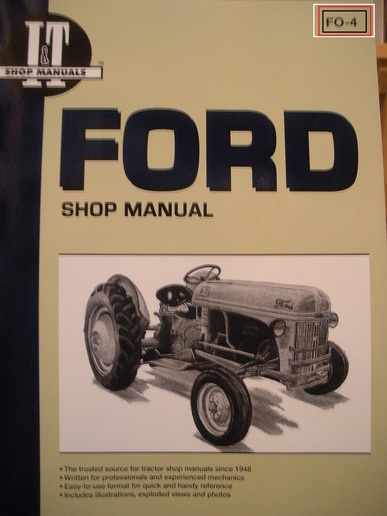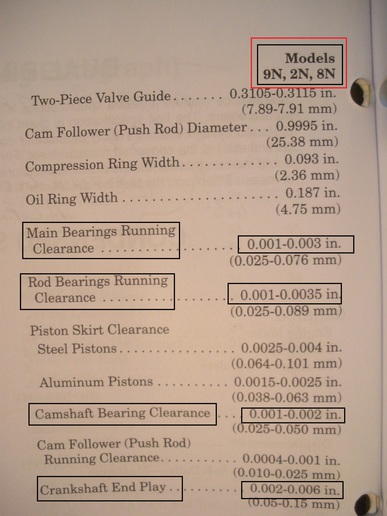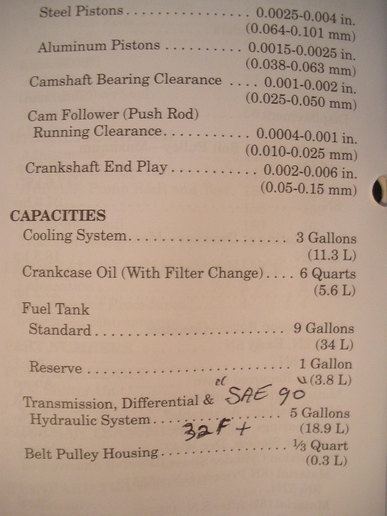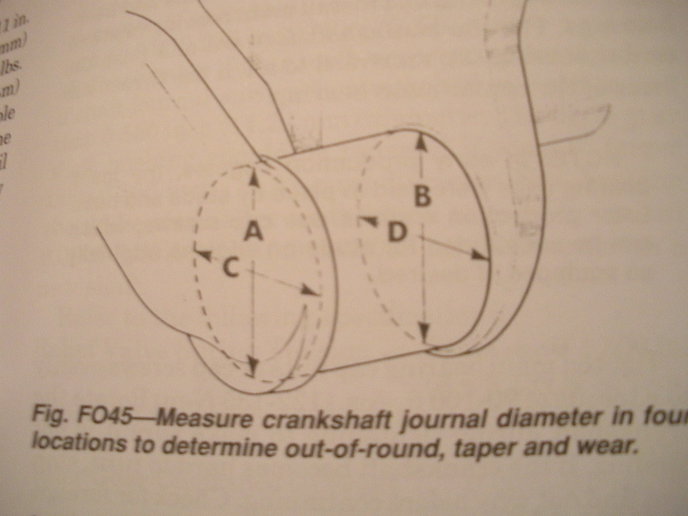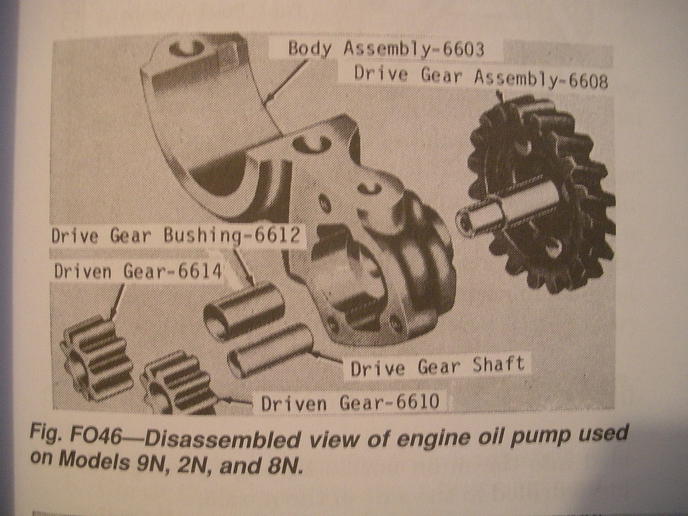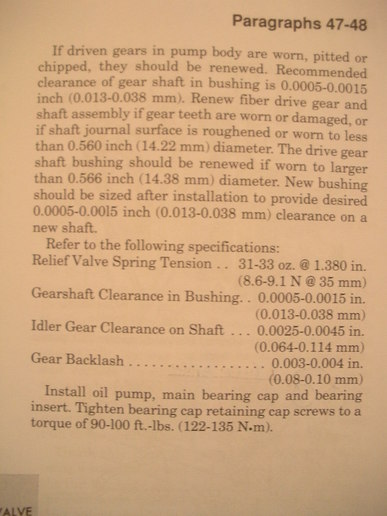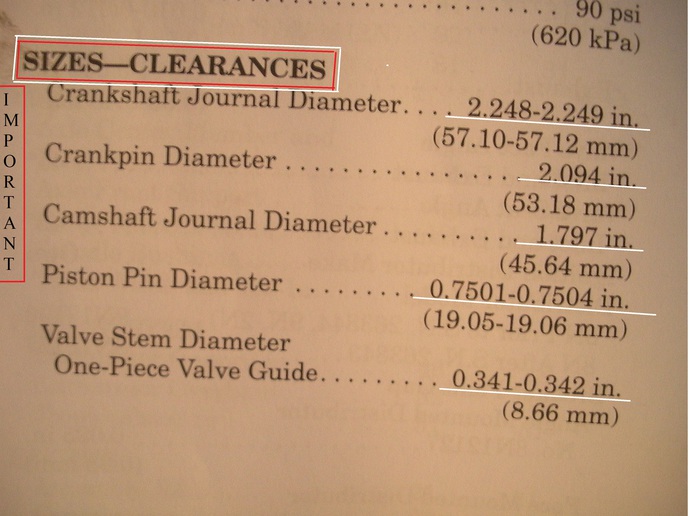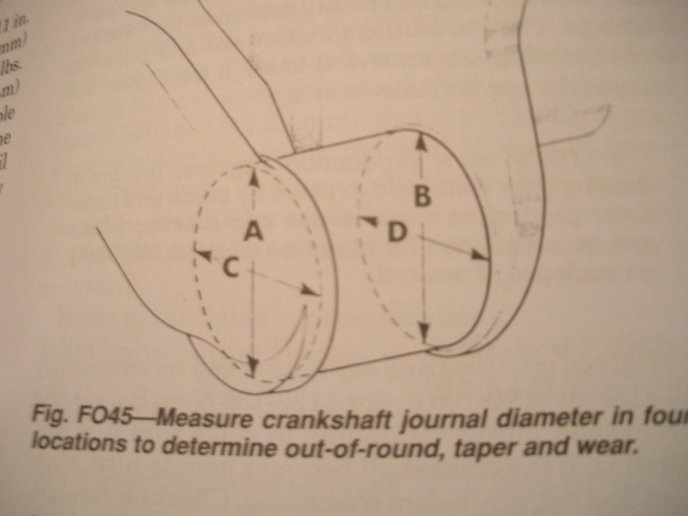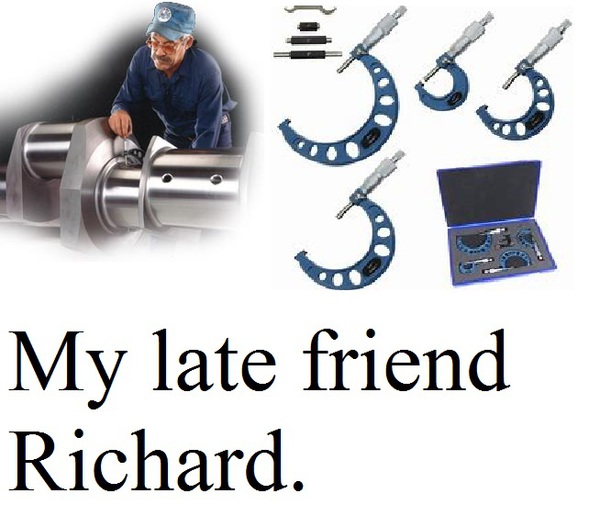Irish_Jake
Member
For anyone still paying attention to my rebuild saga - I finally got my tractor running again (cam gear was incorrectly drilled) after a ton of testing and dinking around with it. It's running pretty well now, with a couple of exceptions, the most important of which is oil pressure.
After I first got it running my pressure started at ~20psi but then dropped to basically 0 after it warmed up. I checked the oil and realized what I should have realized before I started it up - when my timing was off and airflow through my engine was going in reverse, I pushed a bunch of fuel and coolant into the oil pan. Oil was thinned way out and sludgey. So I drained the pan, gave it a bit of a flush with some clean junk oil, and then filled it back up with fresh 10-40 and a new filter.
With fresh oil I'm getting 15psi at start, quickly dropping below 10psi and then when the tractor warms up going all the way down to 5psi. I've run it a few circles around the yard to get it warmed up, and those numbers seem consistent. I have double checked that my oil bypass spring is in place.
I did rebuild the oil pump with fresh gears during my rebuild, and although it's been a year+ since I did that now so I don't remember in detail, I recall it meeting spec at the time.
What's my most likely culprit here? Oil pump? Sludge from my bad batch of oil?
On another note - I'm getting some missing / popping from the engine. Not enough that it's a completely missing cylinder, but a miss every second or two. I did get to see how far a distributor coil can shoot it's innards a month ago when I left the key on after testing, going to say it's a good guess my points are in rough shape after that which could lead to missing?
After I first got it running my pressure started at ~20psi but then dropped to basically 0 after it warmed up. I checked the oil and realized what I should have realized before I started it up - when my timing was off and airflow through my engine was going in reverse, I pushed a bunch of fuel and coolant into the oil pan. Oil was thinned way out and sludgey. So I drained the pan, gave it a bit of a flush with some clean junk oil, and then filled it back up with fresh 10-40 and a new filter.
With fresh oil I'm getting 15psi at start, quickly dropping below 10psi and then when the tractor warms up going all the way down to 5psi. I've run it a few circles around the yard to get it warmed up, and those numbers seem consistent. I have double checked that my oil bypass spring is in place.
I did rebuild the oil pump with fresh gears during my rebuild, and although it's been a year+ since I did that now so I don't remember in detail, I recall it meeting spec at the time.
What's my most likely culprit here? Oil pump? Sludge from my bad batch of oil?
On another note - I'm getting some missing / popping from the engine. Not enough that it's a completely missing cylinder, but a miss every second or two. I did get to see how far a distributor coil can shoot it's innards a month ago when I left the key on after testing, going to say it's a good guess my points are in rough shape after that which could lead to missing?


